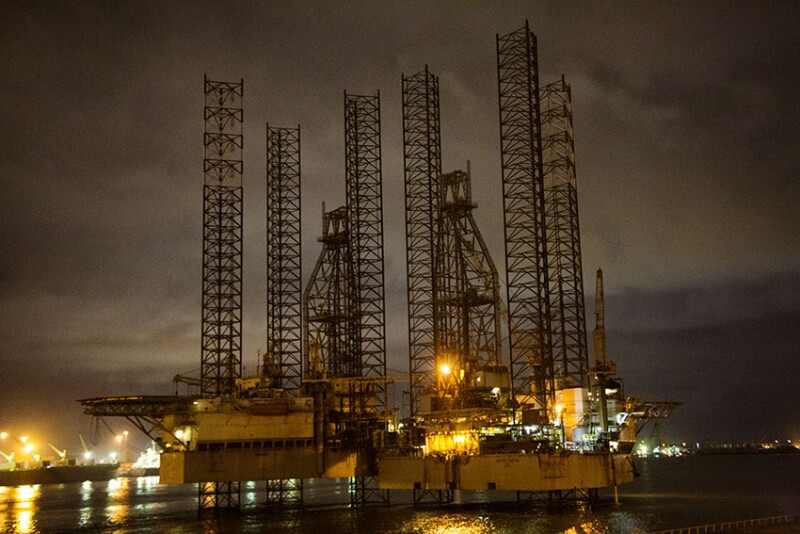选择正确的套管深度是在地质复杂的尼日尔三角洲进行高压/高温 (HP/HT) 井的关键步骤。在 Astra East Field 的油井中,套管鞋被设置在垂直厚度约 200 英尺的均质页岩中,该页岩位于上覆严重贫化砂层和下层超压砂层之间。然而,问题仍然是,套管鞋应设置多深才能最大限度地减少井涌或井眼不稳定和损失的风险。为了解决这个问题,对同一油田其他井的电缆测井数据和钻井观测进行了分析和评估。
介绍
Astra East气田计划提供原料气。

选择正确的套管深度是在地质复杂的尼日尔三角洲进行高压/高温 (HP/HT) 井的关键步骤。在 Astra East Field 的油井中,套管鞋被设置在垂直厚度约 200 英尺的均质页岩中,该页岩位于上覆严重贫化砂层和下层超压砂层之间。然而,问题仍然是,套管鞋应设置多深才能最大限度地减少井涌或井眼不稳定和损失的风险。为了解决这个问题,对同一油田其他井的电缆测井数据和钻井观测进行了分析和评估。
Astra East气田计划提供原料气。

Choosing the right casing depth is a key step in executing high-pressure/high-temperature (HP/HT) wells in the geologically complex Niger Delta. In the wells of Astra East Field, a casing shoe was set in a homogeneous shale of approximately 200 ft vertical thickness located between overlying heavily depleted sand and underlying overpressured sand. The question remained, however, as to what depth the casing shoe should be set to minimize the risk of kicks or wellbore instability and losses. To address this issue, wireline log data and drilling observations from other wells in the same field were analyzed and evaluated.
The Astra East field was planned to provide feedstock gas.
